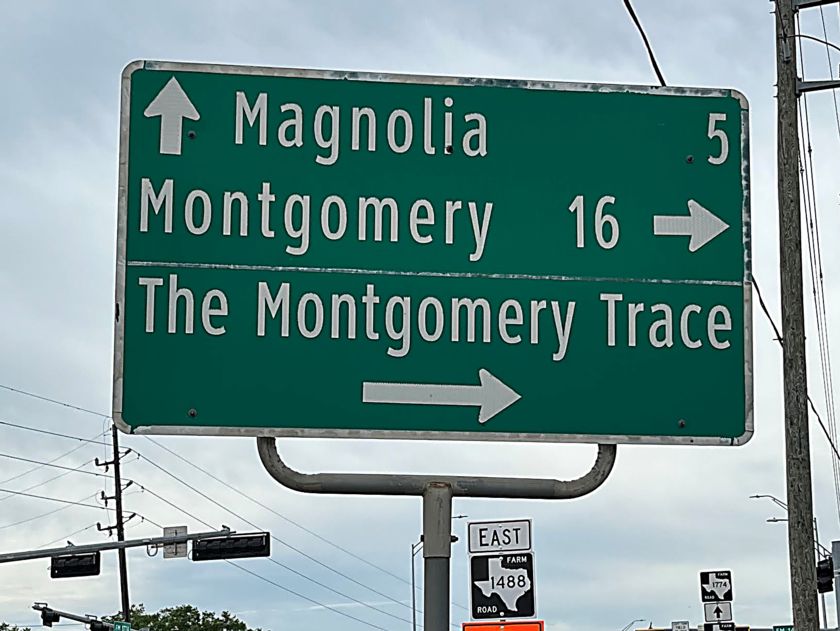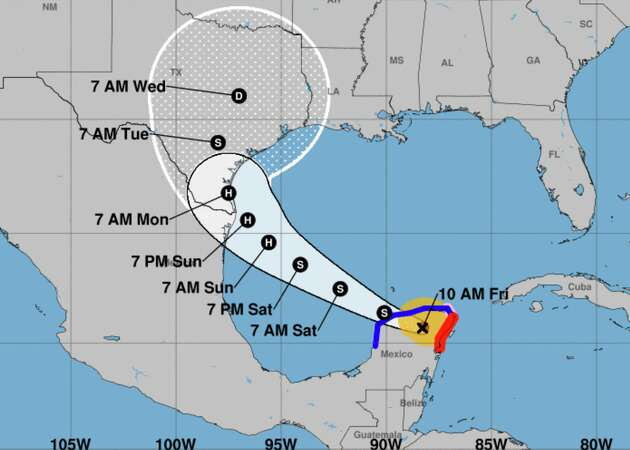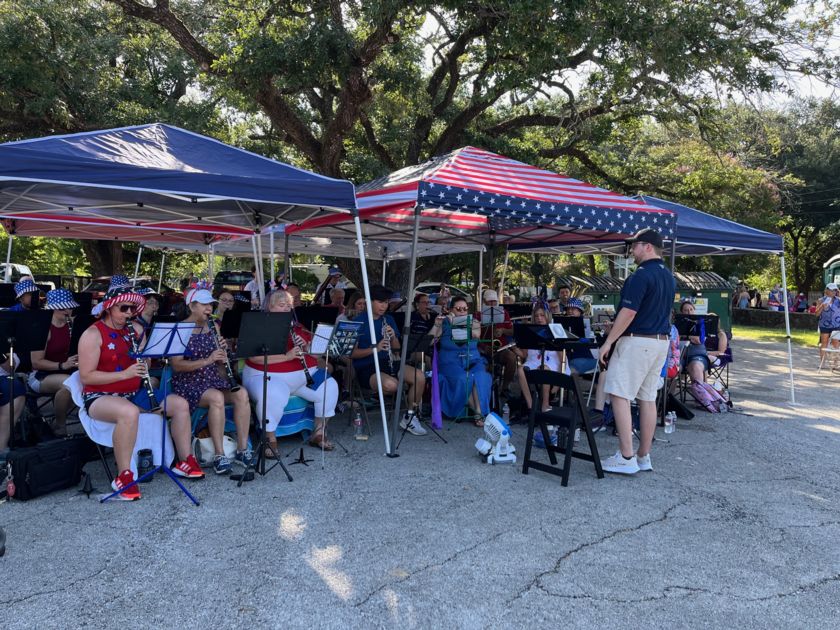- Sections :
- Business
- Crime & Public Safety
- Local Area
- More
News from the Lake Creek Settlement: The Montgomery Trace - Not Historical!

MONTGOMERY, TX -- We have all driven down FM 149 and seen the road signs that read “The Montgomery Trace.” Have you ever wondered where that name came from? After researching the early history of western Montgomery County, for over a decade, I was most curious about the section of FM 149 that is called “The Montgomery Trace.” From all the research I had done, there appeared to have been no historical reason to rename FM 149 “The Montgomery Trace.” When did it happen, why did happen, and was there actually a historical reason for the name? In this article, I will answer all of these questions.
If you read my article in last week’s edition of the Montgomery County News, you know that the names of the original roads in western Montgomery County in 1831, in what became the Lake Creek Settlement, were the Coushatta Trace, the Contraband Trace, and the Grimes Road. All of these names appeared in the field notes of Stephen F. Austin’s surveyor E. R. Wightman. Wightman made note of them when he surveyed the original land grants for the American colonists. The two traces that existed along the length of what is FM 149 today were the Coushatta Trace and the Contraband Trace.
Knowing the names of the original roads, the question that arose was whether any road or trace had existed along the course of present-day FM 149 that had been denominated as “The Montgomery Trace” prior FM 149’s renaming. The answer to that question is an emphatic, NO!
On December 7, 1992, the Montgomery County Commissioners’ Court renamed the portion of FM 149 from Pinehurst to the Grimes County line “The Montgomery Trace.” Here is the language from the Montgomery County Commissioners’ Court minutes of December 7, 1992.
“2. RESOLUTIONS APPROVED - RENAMING PORTION OF FM 149 TO "THE MONTGOMERY TRACE - PRECINCT #1
Motion by Commissioner Martin, seconded by Commissioner Purvis, to approve a Resolution in regards to naming a portion of Farm to Market Road from Pinehurst to the Grimes County line, to "The Montgomery Trace", as per Resolution on file. Motion carried.”
The minutes of the Montgomery County Commissioners’ Court did not include the language of the resolution that was approved. With the very helpful assistance of Lorena Mena in Montgomery County Clerk L. Brandon Steinmann’s office, I was able to obtain a copy of the resolution referred to in the minutes. The resolution reads:
“RESOLUTION
NAMING FARM TO MARKET 149
“THE MONTGOMERY TRACE”
WHEREAS, The continuity and historical significance of Farm to Market 149 was destroyed when the State renamed that part of the road from Houston to Pinehurst; and
WHEREAS, In the early days, the path of FM 149 was the most significant trading route from Houston to points north; and
WHEREAS, Today it is one of the more picturesque drives in this area; and
WHEREAS, It deserves a title that would at once, give honor to its past, and at the same time be descriptive of its meandering, tree-lined journey through Montgomery County.
NOW, THEREFORE, BE IT RESOLVED: That the Commissioners’ Court of Montgomery County petition the State of Texas to name that portion of FM 149 from Pinehurst to the Grimes County line, “The Montgomery Trace.”
Nowhere in the resolution does it say that FM 149 was ever known as “The Montgomery Trace” before December 7, 1992. The name seems to have been chosen arbitrarily or invented. Nowhere in the resolution does it say that the name was a reference to any historical name for a road in Montgomery County’s past.
Based on the historical evidence presented in my article in last week’s edition of the Montgomery County News, I suggest two much more historically accurate names for FM 149 that take into account the actual names that FM 149 had been known by in Austin’s Colony in 1831. FM 149 south of TX-105 should be renamed “The Coushatta Trace” and FM 149 north of TX-105 should be renamed “The Contraband Trace.” With the emphasis the City of Montgomery and Montgomery County put on their early history as well as the emphasis placed on historical tourism, these suggested names make far more sense. I urge that “The Montgomery Trace” name be reevaluated and replaced with historically accurate alternatives. By doing so, we can promote a deeper understanding and appreciation for our region's true heritage.
Kameron K. Searle is a member of the Montgomery County Historical Commission, a regular contributor to The Handbook of Texas Online, and author of The Early History of Montgomery, Texas. He also served as the historian for the Texas Historical Commission marker for the "Lake Creek Settlement" located at the Nat Hart Davis Pioneer Complex and Museum.












